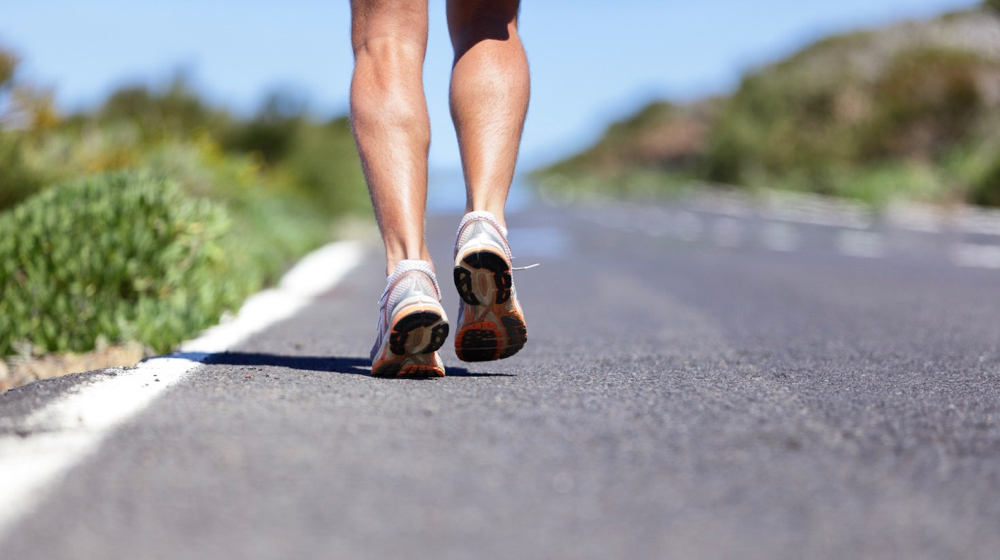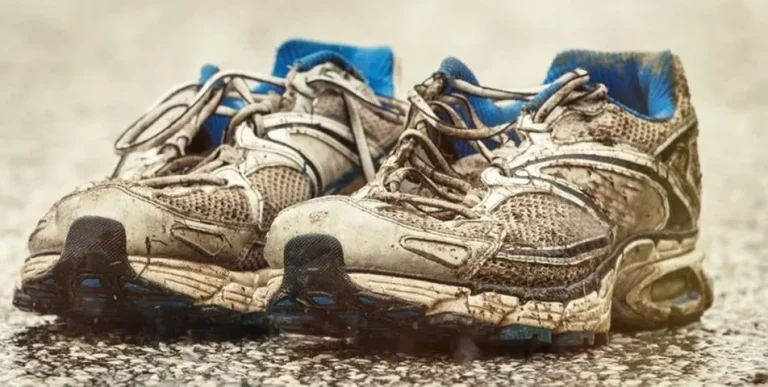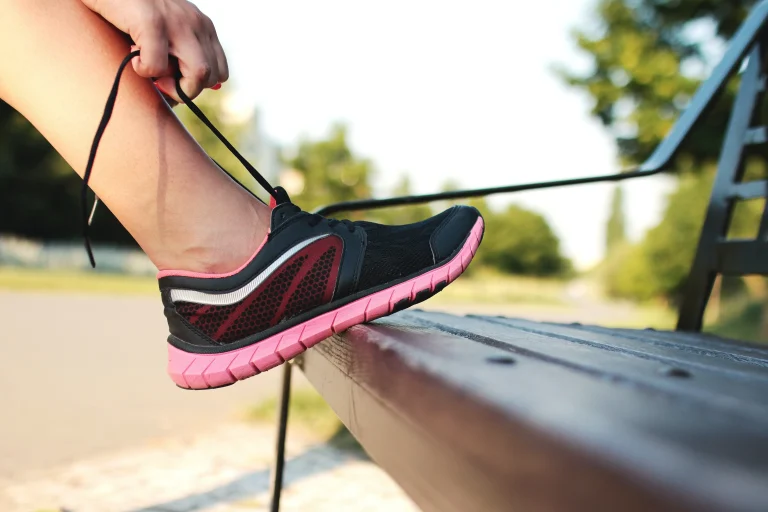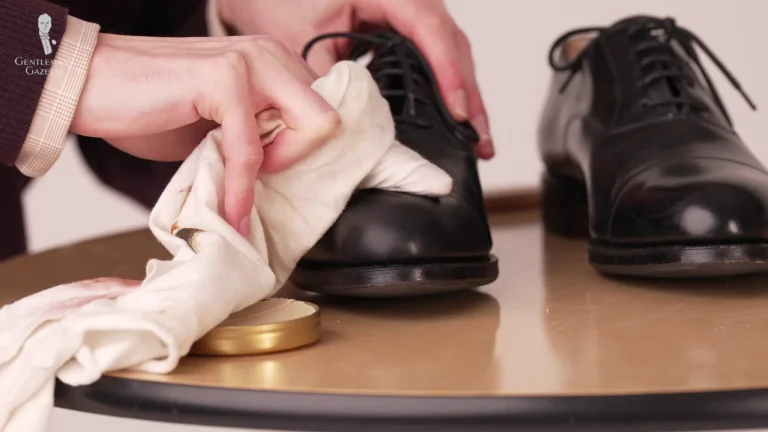Can Running Shoes Cause Achilles Tendonitis?
Running shoes can sometimes be the culprit behind Achilles tendonitis. This condition occurs when the Achilles tendon, located at the back of the ankle, becomes inflamed and painful. Wearing improper or worn-out running shoes can put excessive strain on the tendon, leading to injury. It is important to choose the right shoes that provide proper support and cushioning to prevent the development of Achilles tendonitis. In this blog post, you will learn: Can Running Shoes Cause Achilles Tendonitis?
One of the most common injuries to strike runners is Achilles tendonitis – and it’s a painful condition that can seriously derail your training.
What should I look for in a running shoe for Achilles tendonitis?

When selecting running shoes for Achilles tendonitis, there are several key factors to consider. Here’s what to look for:
What is Achilles tendonitis?
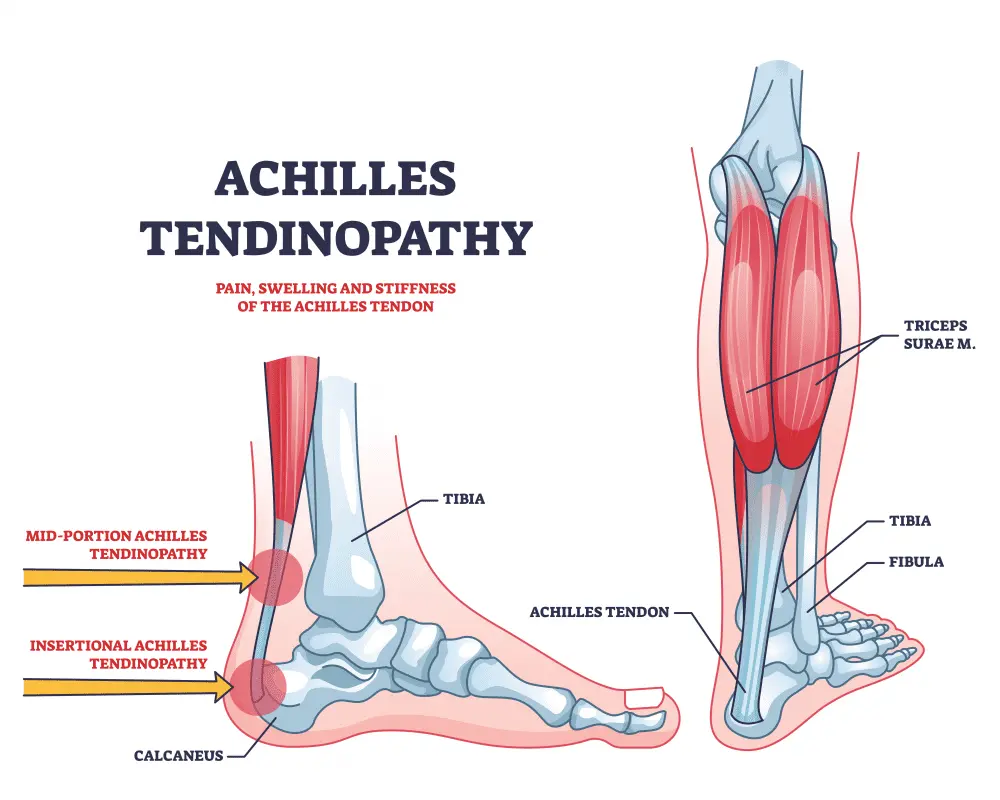
Achilles tendonitis is a condition characterized by inflammation and irritation of the Achilles tendon, which is the large tendon that connects the calf muscles to the heel bone. It is typically caused by repetitive stress or overuse of the tendon, leading to microtears and inflammation. Common symptoms of Achilles tendonitis include pain, swelling, and stiffness in the back of the ankle or lower calf. It can be caused by factors such as sudden increases in activity, improper footwear, tight calf muscles, or biomechanical issues.
Treatment may involve rest, ice, stretching exercises, physical therapy, and in severe cases, immobilization or surgery. It’s important to seek medical advice for proper diagnosis and treatment of Achilles tendonitis.
Symptoms of Achilles Tendonitis

The symptoms of Achilles tendonitis can vary in severity and may include:
How do I treat Achilles tendonitis?

The treatment of Achilles tendonitis typically involves a combination of self-care measures and medical interventions. Here are some approaches that can help:
Related To: Best Running Shoes For Achilles Tendonitis
Related To: Best Running Shoes For Plantar Fasciitis
Should you stretch for Achilles pain
Stretching can be beneficial for Achilles pain, but it should be done with caution and under the guidance of a healthcare professional. Here are a few considerations:
7 Signs You’re Wearing the Wrong Running Shoes
Faced with the endless possibilities in sporting goods or athletic apparel stores, there are a few standard methods people use to choose a running shoe. Some opt for the best-looking shoe. Others search the clearance racks for the best possible price. Some meticulously try on style after style until they find the perfect shoe, at the perfect price, with the perfect fit. But how do you know whether the shoe you just bought is the right one for your foot?
Related To: 6 Best Running Shoes For Women
Related To: 5 Best Running Shoes For Men
1. You’ve had your running shoes for longer than 6 months or 300 miles
If you’ve had your running shoes for longer than 6 months or have already covered around 300 miles in them. It’s a good idea to consider replacing them. Running shoes undergo wear and tear over time, and their cushioning and support can deteriorate, leading to a higher risk of discomfort and potential injuries.
The 6-month or 300-mile guideline is a general recommendation. But it can vary depending on factors such as your body weight, running style, and the terrain you typically run on. If you notice any of the signs mentioned earlier, such as foot pain, lack of stability, or worn-out soles. It’s even more crucial to replace your shoes, regardless of the time or mileage.
2. Your feet ache during or after your run
If your feet ache during or after your run, it could be a sign that you’re wearing the wrong running shoes. Insufficient cushioning, improper arch support, the wrong shoe size or fit, inadequate stability, or training errors can all contribute to foot pain. It’s important to address these issues to prevent discomfort and potential injuries.
Consider getting shoes with proper cushioning, arch support, and stability features. Ensure that your shoes fit correctly and gradually increase your running volume while maintaining proper form. If the pain persists, consult with a professional to find the right shoes and address any underlying concerns.
3. You lose your toenails
Losing toenails during or after running can occur due to factors such as improper shoe fit, toe slippage, downhill running, or long-distance running. To prevent toenail loss, ensure that your shoes fit properly, neither too tight nor too loose. Consider adjusting your running technique for downhill runs and gradually increasing your mileage. If toenail loss persists, consult with a professional to address any underlying issues and find appropriate solutions to protect your toenails during running.
4. Blisters, calluses, and corns
Blisters, calluses, and corns are common foot issues. That can occur due to friction and pressure. Blisters are fluid-filled pockets that form on the skin. While calluses and corns are thickened areas of skin. These problems often arise from ill-fitting shoes, excessive rubbing, or repetitive motion. To prevent them, ensure your shoes fit properly, wear moisture-wicking socks, and consider using protective padding or lubricants. If these issues persist or cause discomfort, consult with a healthcare professional for proper diagnosis and treatment.
5. You develop plantar fasciitis
Plantar fasciitis is a condition characterized by inflammation and pain in the plantar fascia, a band of tissue that connects the heel to the toes. It can be caused by factors such as overuse, improper footwear, or biomechanical issues. Treatment may involve rest, stretching exercises, orthotics, and physical therapy.
6. You can’t get your shoes off without completely loosening the laces
If you find it difficult to remove your shoes without fully loosening the laces. It could indicate that your shoes are too tight or that the lacing pattern is too constricting. Tight shoes can cause discomfort, restrict blood flow, and potentially lead to foot problems. Consider adjusting the lacing pattern to provide more room in the shoe, or try loosening the laces slightly to improve ease of removal. If the issue persists, it may be worth considering getting shoes with a wider or more accommodating fit.
7. You develop tendonitis when you run
If you develop tendonitis when you run, it could be a result of overuse, improper running technique, or inadequate footwear. Tendonitis refers to inflammation of the tendons, which can cause pain, swelling, and discomfort. To address this issue, it’s important to rest and allow the affected tendon to heal. Applying ice, using compression, and taking anti-inflammatory medication may also help.
Additionally, evaluating your running form, gradually increasing mileage, and incorporating proper warm-up and cool-down routines can reduce the risk of tendonitis. Ensuring that you have appropriate running shoes with proper cushioning and support is crucial for preventing and managing this condition. If symptoms persist, consult with a healthcare professional for further evaluation and guidance.
Conclusion
It is crucial to recognize the potential role of running shoes in causing Achilles tendonitis. Wearing ill-fitting or worn-out shoes can place excessive stress on the Achilles tendon, leading to inflammation and pain. To prevent this condition, it is important to invest in proper running shoes that offer adequate support and cushioning. You known now Can Running Shoes Cause Achilles Tendonitis? Regularly replacing worn-out shoes and listening to your body’s signals can help avoid the development of Achilles tendonitis and ensure a safe and enjoyable running experience.

